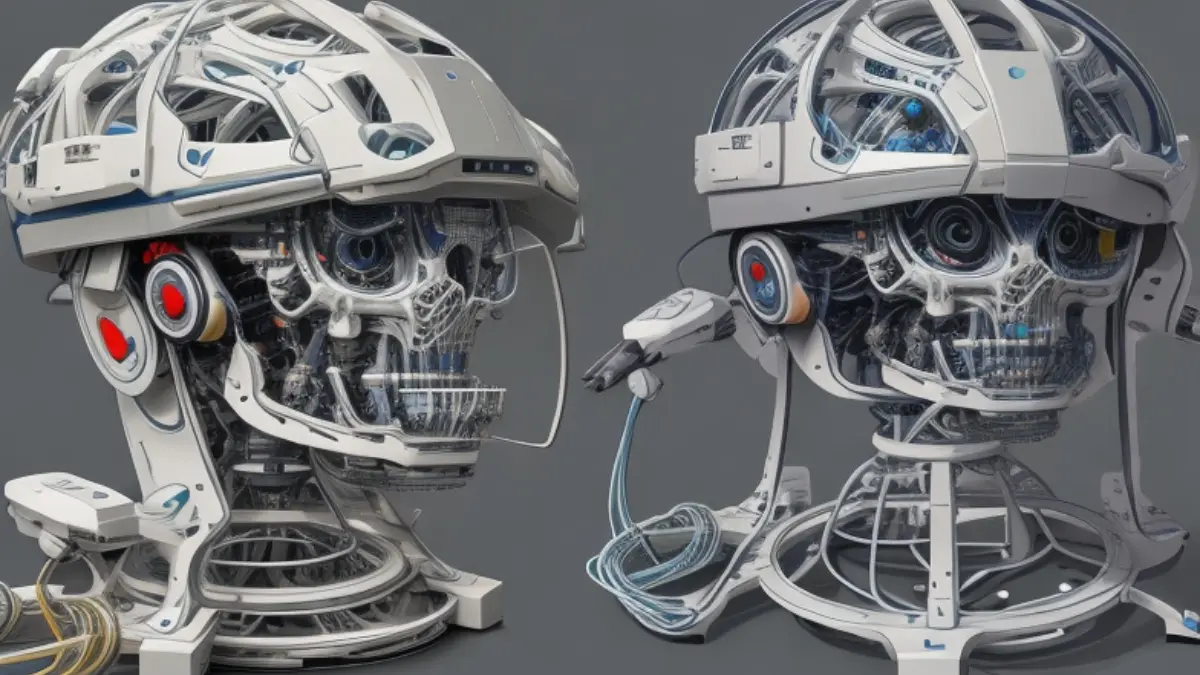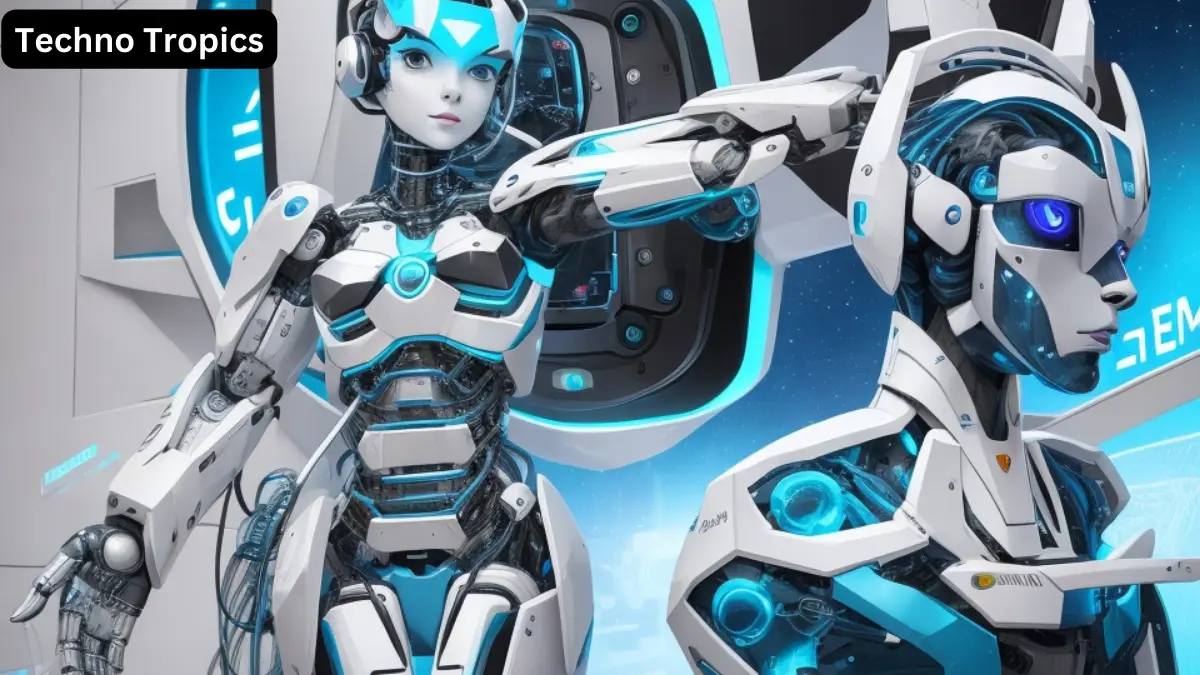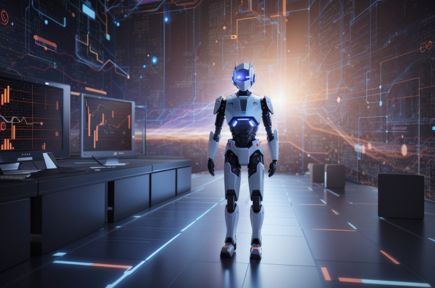The need for workers in this industry has increased because of the growth of generative AI firms in India.
As a result, candidates are increasingly required to work on projects that are focused on practical applications of artificial intelligence.
It is essential to understand AI and its importance in training generative AI models in order to build a successful AI application.
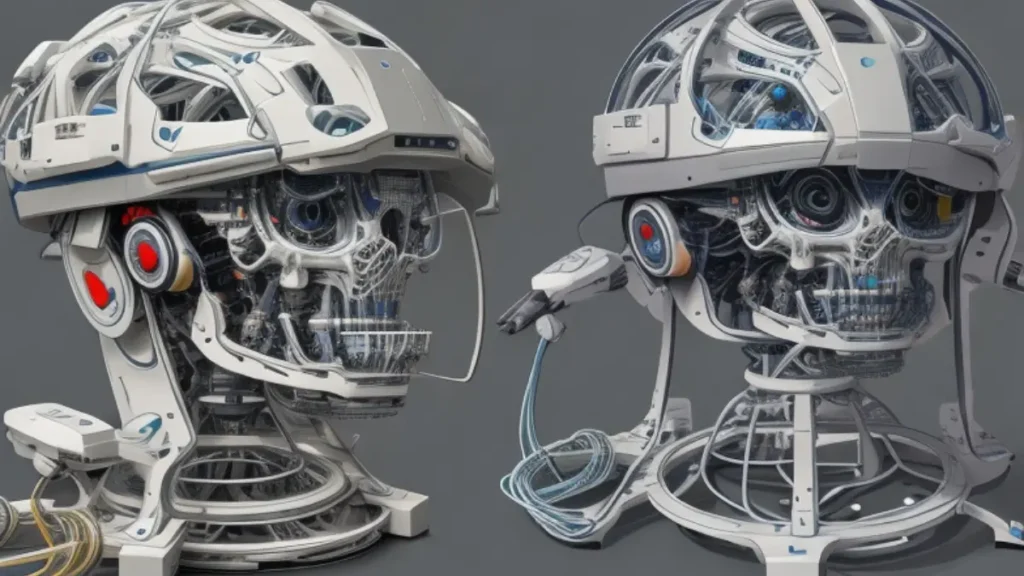
While creating these models from scratch may seem like a difficult undertaking, with the correct direction, it can be a fascinating adventure into the realm of innovation and imagination.
The purpose of this post is to provide a thorough, step-by-step tutorial on training generative AI models from scratch, opening up a world of possibilities for content creation.
The purpose of generative AI models is to create new content by using preexisting data to identify patterns and structures.
Neural networks—which draw inspiration from the functioning of the human brain—are frequently used by these models to produce distinct outputs in response to input.
A generative AI model may learn and produce original content by being trained on a large volume of data.
Establishing the goal of your generative AI model is essential before you begin the training process.
Are you trying to make music, write prose that sounds human, or produce realistic images? You can select the best training architecture and dataset by clearly defining your objectives.
Making the correct architectural and framework choices is essential to the success of your generative AI model.
Well-known frameworks like PyTorch and TensorFlow provide a range of pre-built architectures to suit certain purposes.
Architectures such as Variational Autoencoders (VAEs) and Generative Adversarial Networks (GANs) are widely employed for image production.
Recurrent neural networks (RNNs) or transformer designs, such as OpenAI’s GPT (Generative Pre-trained Transformer), may be advantageous for jobs involving natural language processing.
The fuel that drives generative AI models is data. assemble a representative and varied dataset pertinent to your goal.
A sizable corpus of text data may be needed for text generation, whereas a collection of high-resolution images may be needed for image generation.
To improve the model’s learning process, standardize the data and preprocess it to make sure it is in a format that is appropriate for training.
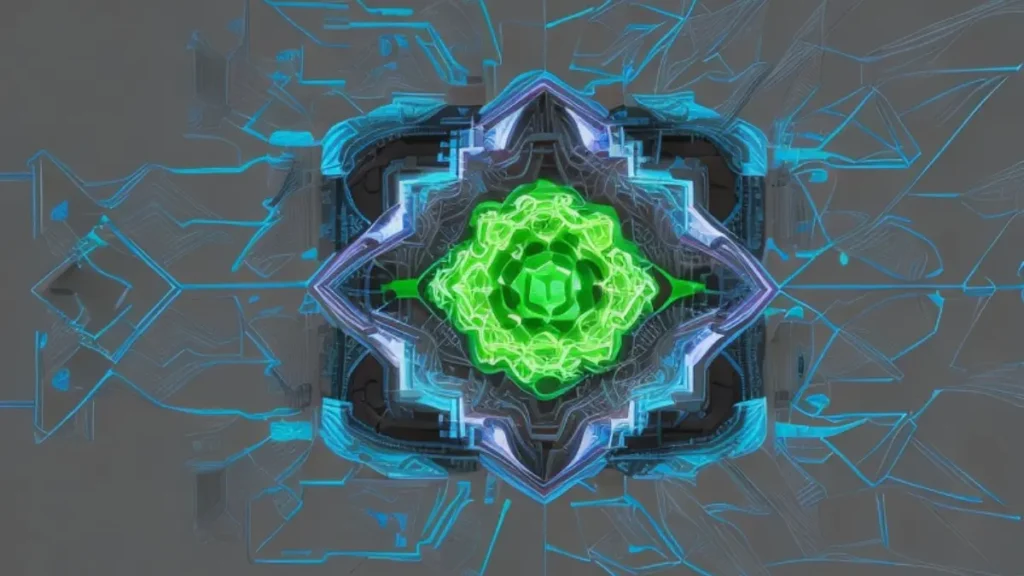
Now that you have your data ready, the generative AI model needs to be built and configured. Establish the model’s initialization, hyperparameters, and architecture.
Your task’s complexity will determine if you need a deeper network or more layers. Iteratively adjust the parameters while monitoring the model’s performance in training.
The model is fed your pre-processed data during the training phase, and it is left to discover patterns on its own.
Changing weights and biases throughout multiple iterations is usually required to reduce the discrepancy between the model’s predictions and the actual data.
Expect this process to take some time, particularly for more difficult jobs and larger datasets.
After your model has finished its initial training, make adjustments to improve its performance.
To avoid overfitting, try varying the hyperparameters, modifying the learning rate, and taking regularization strategies into account.
The generated material must be optimized continuously to reach the required degree of originality and precision.
Test your generative AI model on a different validation dataset to see how well it performs. Evaluate its performance data and make any required adjustments.
This stage enables you to make well-informed judgments about additional modifications and assists in identifying any potential problems, such as overfitting or underfitting.
Now that your model has been effectively trained and validated, let it go wild with its imagination.
Create fresh material and edit the result to suit your tastes. This process frequently entails a feedback loop in which the model’s parameters are iteratively adjusted and fine-tuned in response to the obtained findings.
You might need to grow your generative AI model for larger datasets or apply it in a real-world scenario, depending on your use case.
This entails taking into account model serving, computational resources, and system integration.
To make sure your model is capable of meeting the requirements of its intended use, select a deployment method that makes sense.
Content creation opportunities are endless when it comes to training generative AI models from scratch.
It’s a demanding yet gratifying endeavor. You can explore the possibilities of artificial intelligence and push the limits of creativity and innovation by taking the steps outlined here.
Disclaimer: This article is based on internet news and many articles. This guide provides information for educational purposes only. Always consult with professionals before implementing any AI models.
